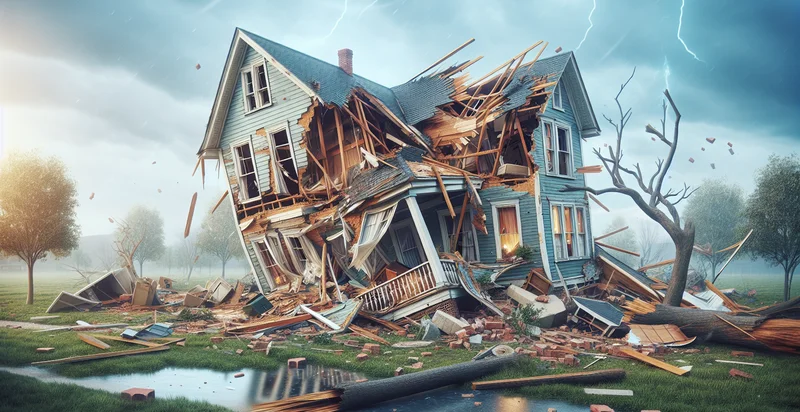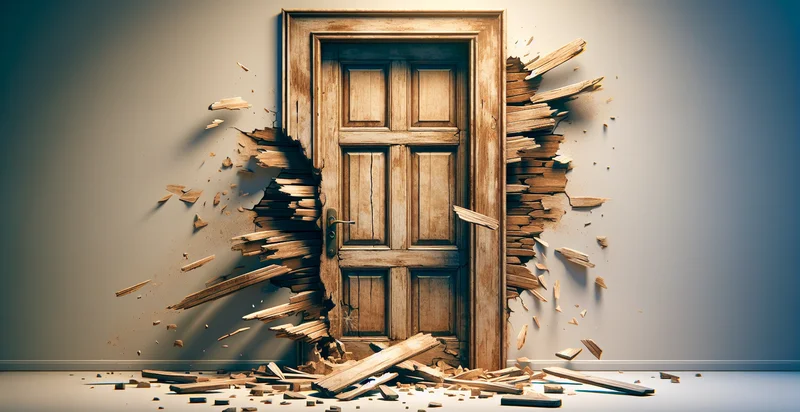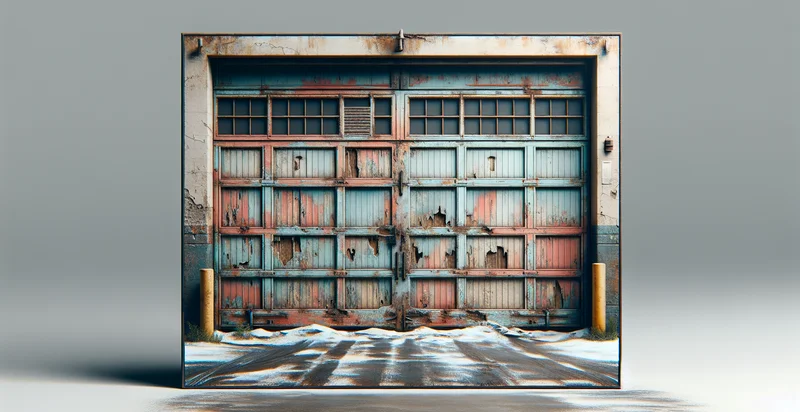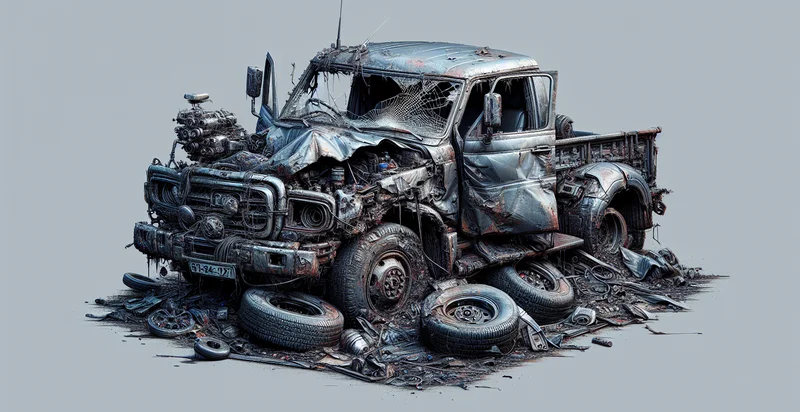Identify house damage
using AI
Below is a free classifier to identify house damage. Just upload your image, and our AI will predict if a house is damaged or not - in just seconds.

Contact us for API access
Or, use Nyckel to build highly-accurate custom classifiers in just minutes. No PhD required.
Get started
import nyckel
credentials = nyckel.Credentials("YOUR_CLIENT_ID", "YOUR_CLIENT_SECRET")
nyckel.invoke("house-damage-identifier", "your_image_url", credentials)
fetch('https://www.nyckel.com/v1/functions/house-damage-identifier/invoke', {
method: 'POST',
headers: {
'Authorization': 'Bearer ' + 'YOUR_BEARER_TOKEN',
'Content-Type': 'application/json',
},
body: JSON.stringify(
{"data": "your_image_url"}
)
})
.then(response => response.json())
.then(data => console.log(data));
curl -X POST \
-H "Content-Type: application/json" \
-H "Authorization: Bearer YOUR_BEARER_TOKEN" \
-d '{"data": "your_image_url"}' \
https://www.nyckel.com/v1/functions/house-damage-identifier/invoke
How this classifier works
To start, upload your image. Our AI tool will then predict if a house is damaged or not.
This pretrained image model uses a Nyckel-created dataset and has 2 labels, including House Not Damaged and House Damaged.
We'll also show a confidence score (the higher the number, the more confident the AI model is around if a house is damaged or not).
Whether you're just curious or building house damage detection into your application, we hope our classifier proves helpful.
Related Classifiers
Need to identify house damage at scale?
Get API or Zapier access to this classifier for free. It's perfect for:
- Insurance Claims Processing: The 'house damage' identifier will be used by insurance companies to facilitate faster and accurate processing of home insurance claims. This tool can review images submitted by claimants, and identify cases of actual structural damage, reducing fraudulent activities and subjectivity in claim assessments.
- Disaster Assessment: Government authorities and NGOs can apply the image classification function in creating a snapshot of the extent of damage following natural disasters like hurricanes, earthquakes, or floods. The damage identification can guide with prioritizing areas that require immediate assistance.
- Home Inspection Services: Home inspection firms can use this application to expedite and enhance the accuracy of their services. By processing images of homes, the tool aids in identifying issues that might not be immediately visible to the human eye.
- Real Estate Acquisition: The tool could be used by real estate investment firms or individual investors to determine the extent of damage to a property. This assists in making informed decisions regarding the cost of potential repairs and the property's total value.
- Home Maintenance Services: This solution can be used by home maintenance and repair companies to anticipate the nature of the job ahead. By analyzing images sent by clients, businesses can estimate the extent of the damage and develop an accurate job estimate.
- Construction Industry: Just after construction or refurbishment, construction enterprises can use the function to confirm the quality of their work. It can identify any structural mishaps, thereby ensuring that any issues are addressed promptly.
- Landlord-Tenant Disputes: In rental properties, the 'house damage' identifier can be applied in identifying property damage against tenant's security deposits. Landlords can use this tool to document damage before the tenant moves out and objectively determine what part of the security deposit should be retained for repairs.


